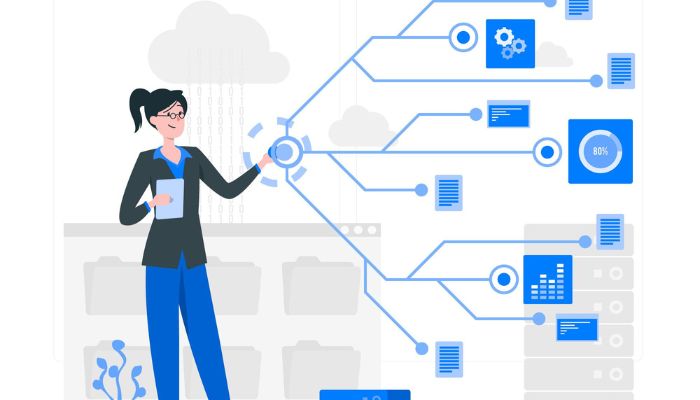In today’s dynamic world, where employees think twice before joining an organisation, HR and employers must develop innovative solutions to streamline their recruitment process and attract the best talent. Fortunately, data-driven recruitment has enabled organisations to attract quality talent and retain them while optimising the overall recruitment process.
While data-driven recruitment is undoubtedly here to stay owing to its myriad benefits, it needs to be implemented correctly to get the most out of it. Here are five best practices for organisations planning to utilise data to streamline their recruitment process:
You might also be interested to read: Analytics Jobs In India Looks Better Than Just Bright
Choose relevant metrics and identify the suitable data sources
Data analytics collects tons of data from different aspects of your hiring process, and it is easy to get lost and be overwhelmed by that amount of data. To avoid that, it’s best to determine which data would best suit your needs and improve your recruitment process. You will need to consider your hiring goals and develop a list of data metrics that will help you reach those goals. You will also need to identify the sources from which you will get the required data. These sources can range from HR analytics, Google Analytics, and candidate survey feedback.
Create a recruitment dashboard
Having tons of data is useless if you don’t know how to use it. This is where a recruitment dashboard comes into the picture, helping you visualise the data, identify trends, and spot issues before they snowball. This dashboard categorises all the data based on applicants, campaigns, hires, and budgets. However, focus only on those KPIs that will push you towards your targets.
Determine what actions to take
Tracking recruitment data is one thing and acting on it is another. Both are necessary to bring the desired results. For instance, if you are getting more low-quality candidates (tracking data), find out why it is happening and from where those profiles are coming to you (acting on it). Then, stop whatever was causing it and take a new approach.
Don’t entirely rely on data
While data gives you much-needed insights into potential candidates, it is not foolproof. Often, it can lead recruiters to reject qualified candidates who may miss only a few skills. So, when using data for recruitment, understand that it can be misleading. Thus, you should also use your knowledge and experience to make the right hiring decision.
Compare the before and after
Data-driven recruitment will bring the best results when you compare the state of your recruitment process before you implemented it and what it is after. Is data delivering the desired results? If not, what steps can you take to improve? Comparing the before and after states will help you get the most out of your data-driven recruitment strategy and improve your hiring decisions.
HR and employers have realised how effectively data can improve their business and recruitment. As a result, they are quickly implementing analytics tools, such as HR analytics, ATS, and others, to reap data benefits.
References:
- Data-Driven Recruitment: The Benefits and 5 Best Practices | Gem Siocon |
- 5 Benefits of a Data-Driven Recruitment Strategy | Ian Cook
You might also be interested to read: Can Data Driven HR Retain Talent?






